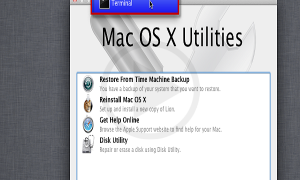The latest annual report of 10‐K, it has been confirmed that the tick tock strategy for the delivering the new microprocessors in the market is come to an end. The product had been introduced originally in 2006 when the world got to see the Core micro architecture which had been launched. The fabrication process of the shirking chips was the ticks while new architectures were the rocks.
For the last 10 years, based on the cycle if the tick‐tock, new processor families were delivered successively by Intel. With the help of the tick‐tock release cycle, it has given the company a change to regain its dominance not just on enterprise but also consumer CPU markets. It also gave companies like Apple a chance to have an update cycle that is regular so that it can rely on the updates of the annual product thanks to the OEMs.
However, due to the fact that the chips update has been stretching with the recent generations which are beyond the annual cycle, the launch cycle of Apple Products has also bared the brunt. While facing the various challenges and maintain the cadence of the tick tock strategy, the launch of the Kaby Lake as the 3rd member of the 14 nm family that is following Sky Lake and Bardwell was announced officially by Intel. This will also mark the end of the tick tock strategy officially.
The development had not been expected, as there have been increasingly tough times for semiconductor foundries in creating process nodes that are smaller. This is also due to the fact that creating smaller transistors has also become more complex and expensive. The move to the release of the new model is a way for the company to get back to a regular platform and product cadence due to the struggle that it faces due to challenges that it faces technologically of getting in new nodes for fabrication to volume production.





























